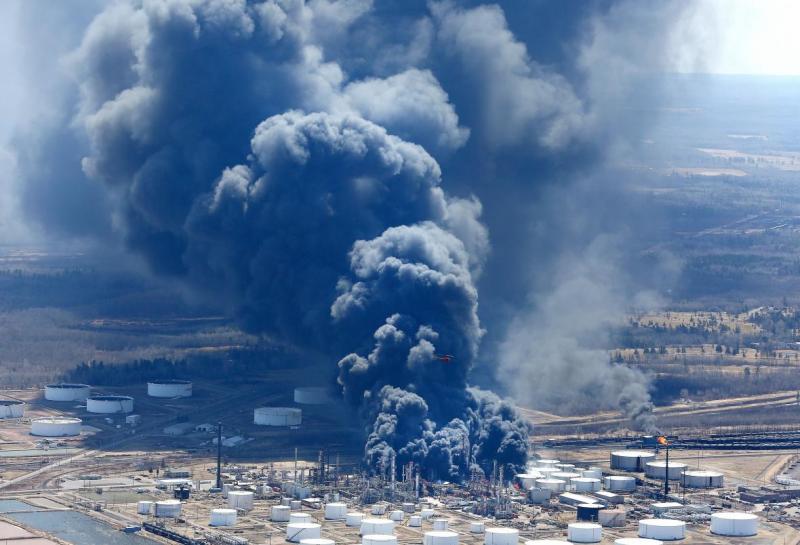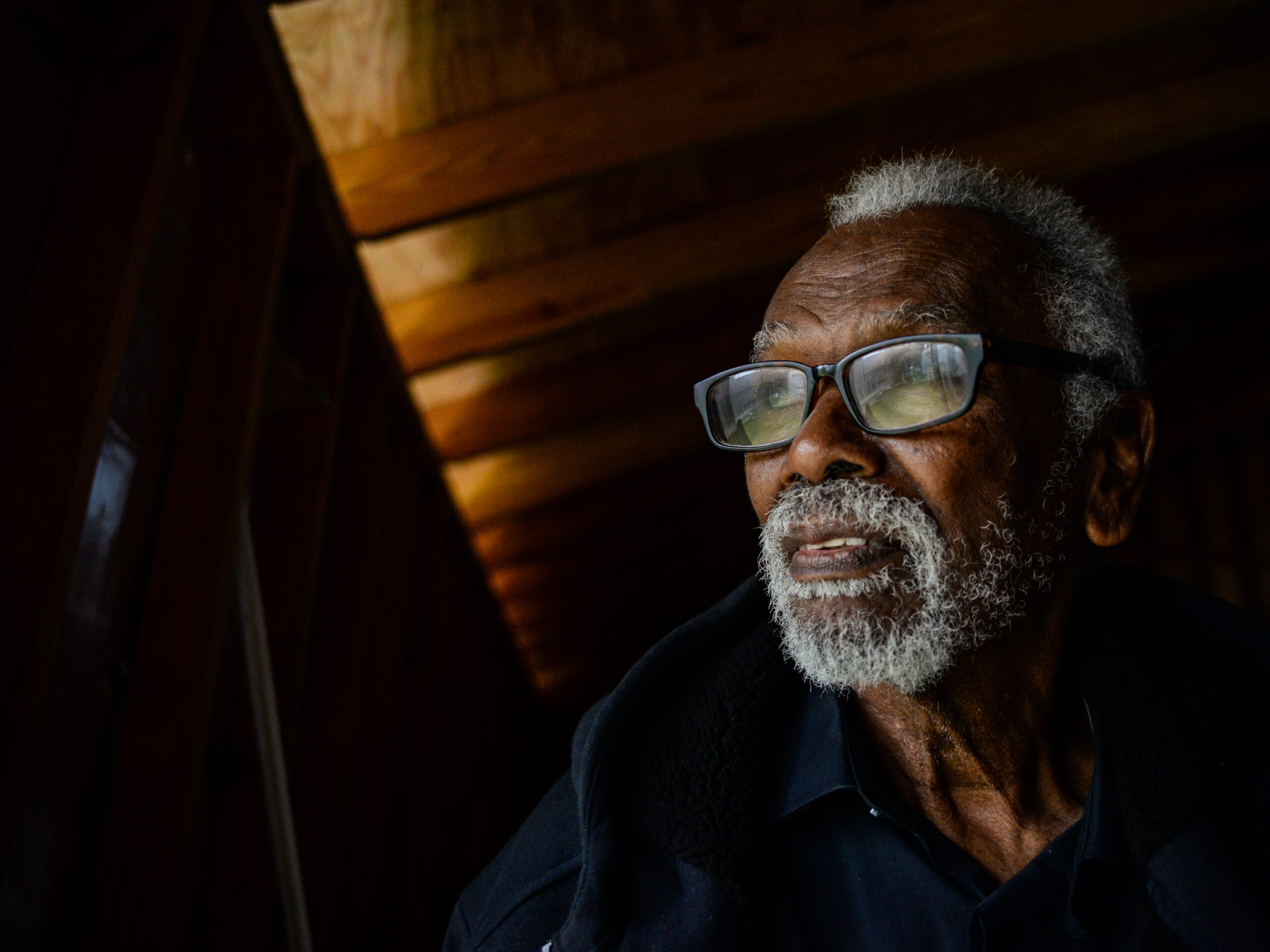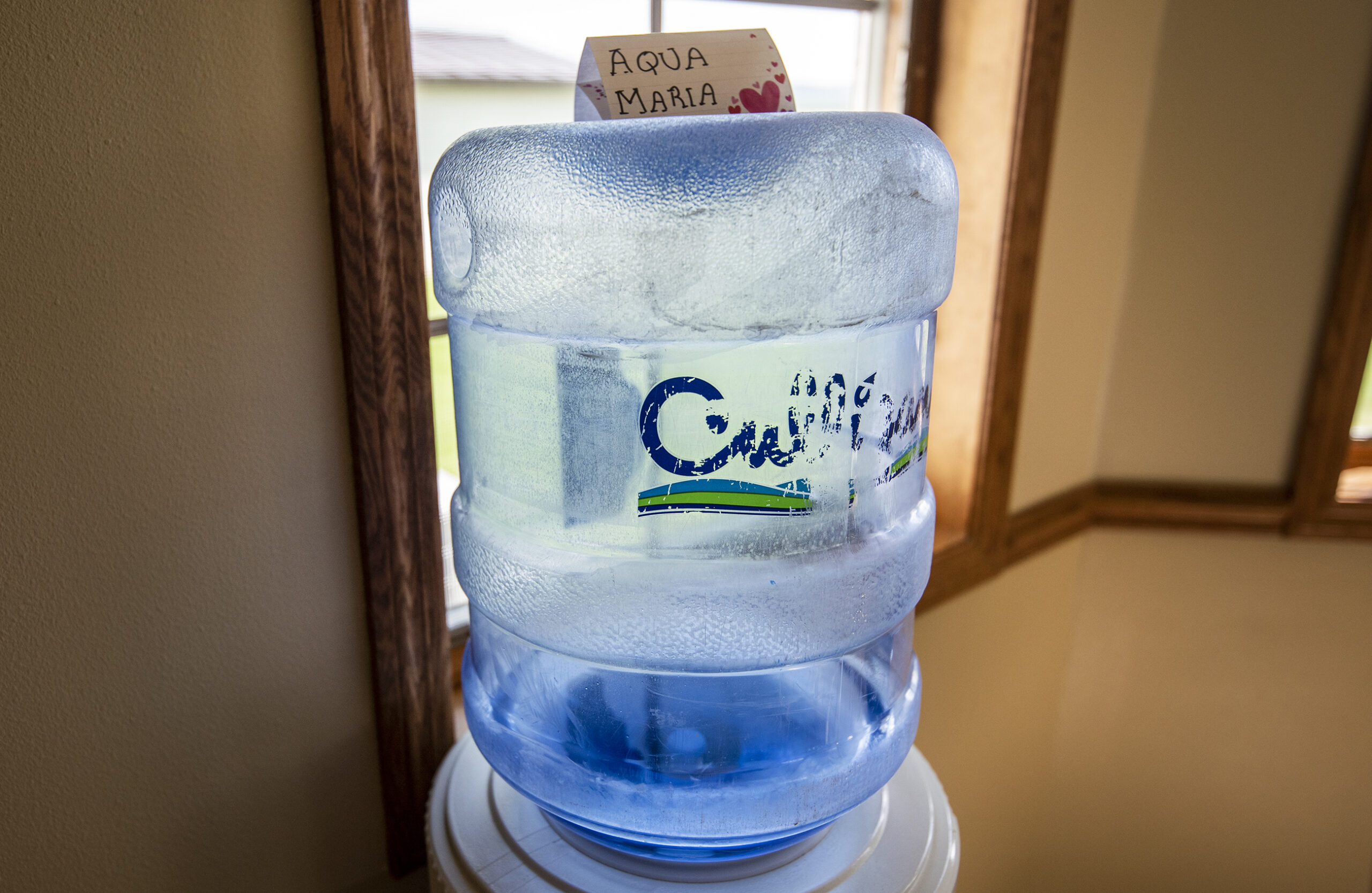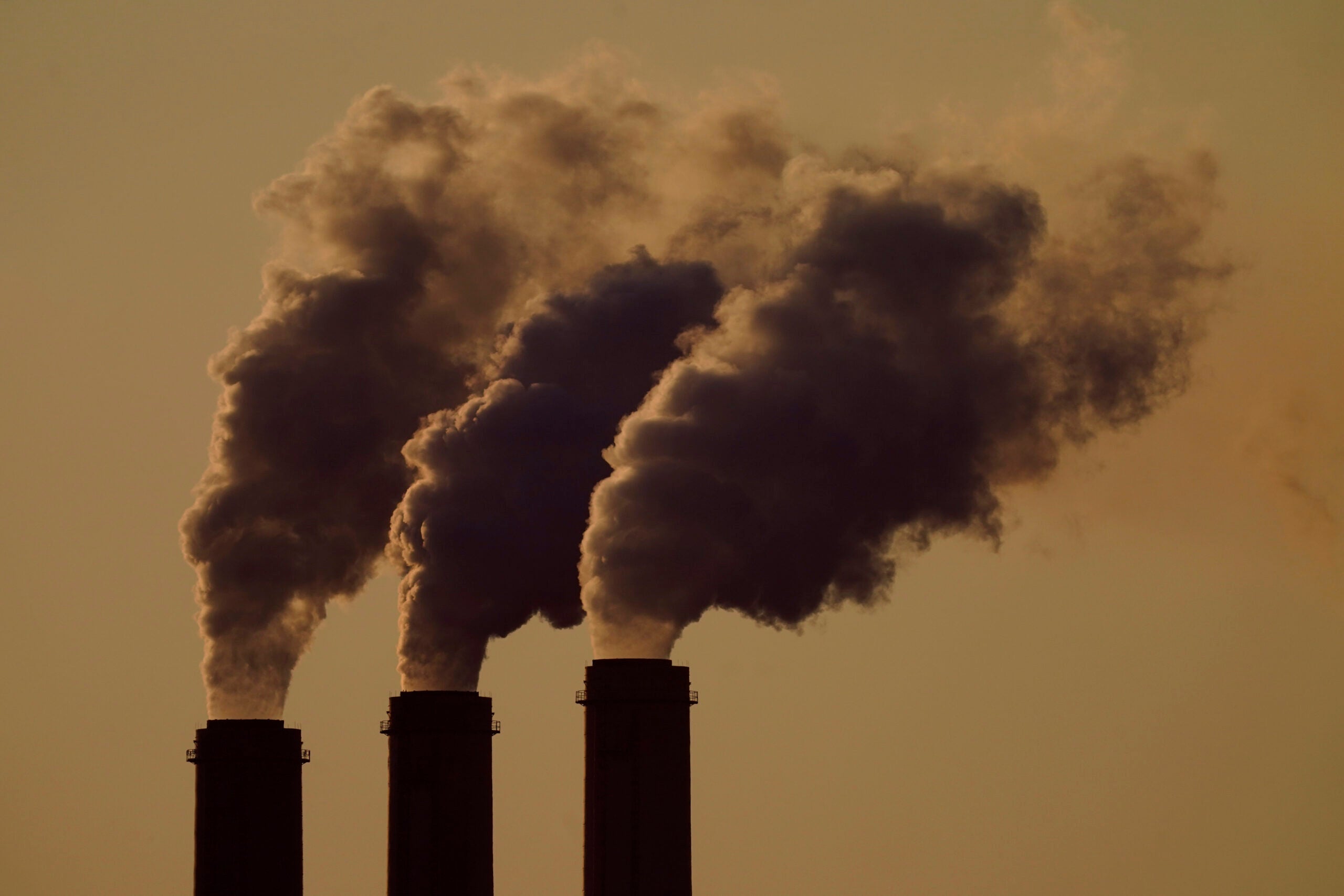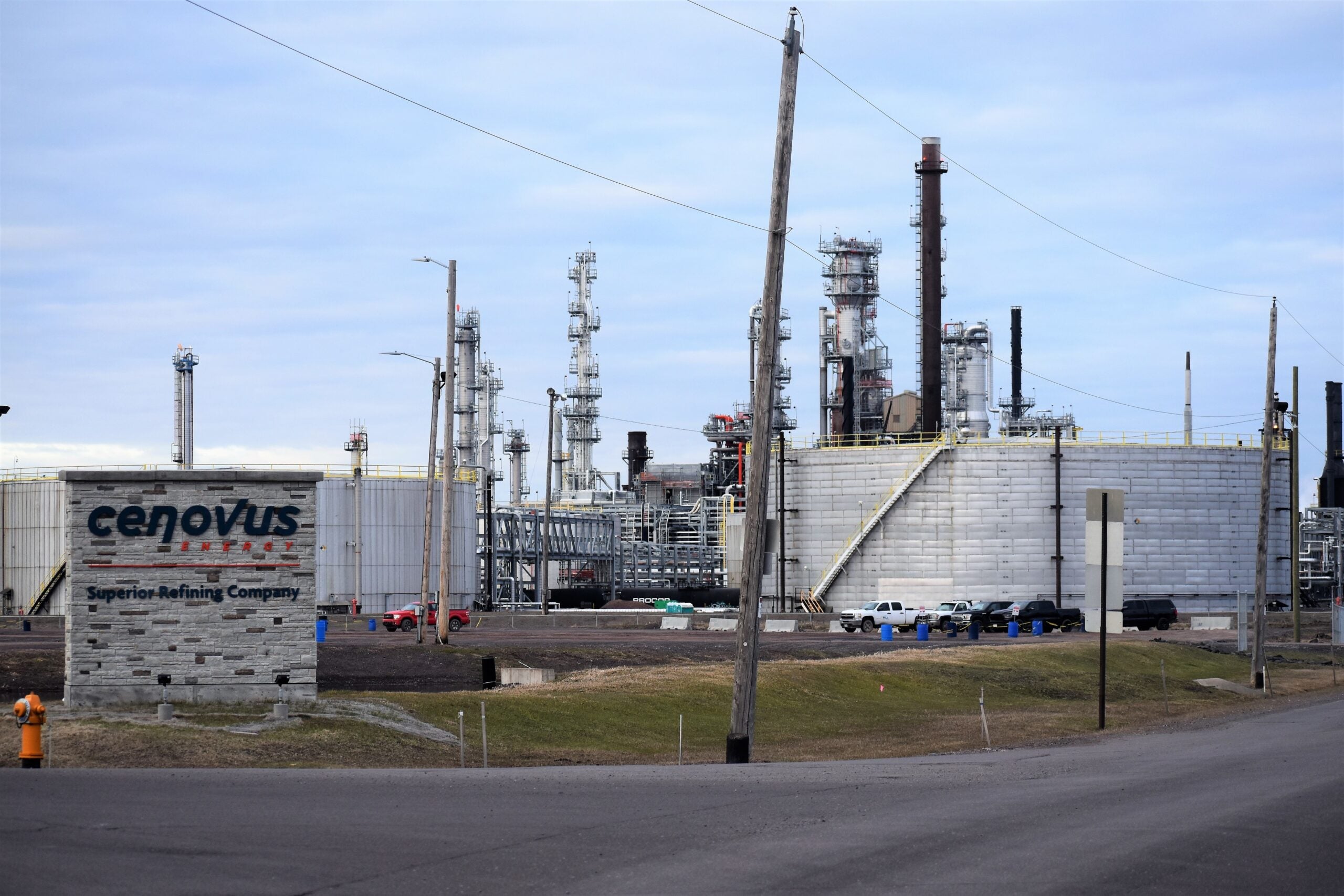Air quality monitoring in Superior neighborhoods that began after a series of fires and explosions in April at the oil refinery in the city has come to an end. However, Husky Energy said monitoring will continue at its facility.
The refinery ended community air monitoring in mid-June, said Husky spokeswoman Kim Guttormson.
“This followed the safe removal of a tower that had been damaged and was being secured,” wrote Guttormson in an email. “All community monitoring to that point indicated concentrations below health-based thresholds. If monitoring on-site indicates there is a concern that could extend beyond the refinery fence line, community monitoring would be re-initiated.”
Stay informed on the latest news
Sign up for WPR’s email newsletter.
Husky had been monitoring the air for volatile organic chemicals, and things like carbon monoxide and sulfur dioxide.
Superior Mayor Jim Paine said he’s confident the company has been doing its job to keep the community safe.
“State and federal agencies are on this too, and they are not beholden to Husky in any meaningful way,” he said. “They are not all the same agency, and everybody’s coming to the same conclusion that there’s just no known risk to human health here.”
A spokesperson with the Environmental Protection Agency said the agency agreed there was no longer a need for community air monitoring.
“As provided to the county website, tens of thousands of air measurements down-wind and throughout Superior did not indicate a risk to public health or the environment,” said the U.S. EPA in a statement. “The facility continues to maintain air monitoring capabilities for community monitoring.”
According to the agency, the EPA provided oversight and daily review of community and perimeter air monitoring data conducted by the refinery through its third party contractor GHD. The EPA said the Wisconsin Department of Natural Resources is now the lead agency overseeing the refinery cleanup. A DNR spokesman said the company reports 17 monitors are in place at the refinery with no air quality issues at the facility.
The state continues to oversee water sampling of Newton Creek and water treatment operations at the refinery. Husky’s Guttormson said booms are still being used there as a precaution.
“Water samples collected from Newton Creek since the incident have been comparable to baseline samples collected prior to the incident under normal refinery operating conditions … and there have been no hydrocarbons discharged from site,” she said.
Hydrocarbons are compounds that make up the components of fossil fuels like crude oil and petroleum. Guttormson said they’ve discontinued sampling for related compounds, but water monitoring is ongoing for perfluoroalkyl sulfonate compounds that are found in firefighting foam.
The company is following proper treatment and discharge of water from its wastewater treatment plant, according to the state.
“The company is doing what it’s supposed to do,” wrote a DNR spokesman in an email.
Around 400 employees and contractors are working on recovery at the refinery. Roughly 2,500 tons of asphalt has been moved off-site from a tank damaged by the fires, according to an update on Husky’s website.
The EPA is conducting a civil investigative review of the April refinery incident, but the agency declined to comment further citing the ongoing investigation.
A senior advisor with the U.S. Chemical Safety Board has said the agency expects to have an update on its investigation in the coming weeks. Husky said the agency has released 10 of 14 units from its investigation, and workers are doing cleanup and assessing repairs. The CSB has said it could take up to 18 months before it releases its final findings.
A worker safety investigation by the U.S. Occupational Safety and Health Administration is expected to take six months. The incident injured 21 people, but no one was killed. Husky has processed a majority of claims for lost lodging, wages and income related to the fires and evacuation.
Wisconsin Public Radio, © Copyright 2024, Board of Regents of the University of Wisconsin System and Wisconsin Educational Communications Board.

